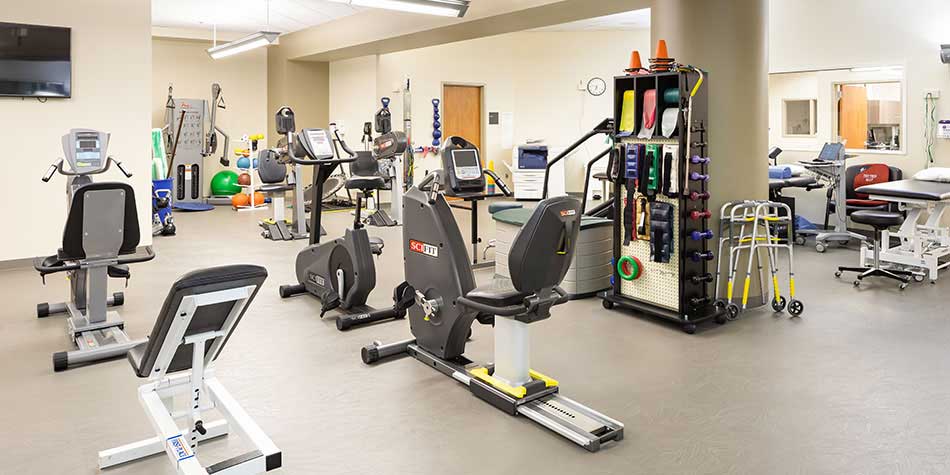Investigating the Varied Methods of Physical Rehabilitation for Enhanced Recovery and Restoration
Investigating the Varied Methods of Physical Rehabilitation for Enhanced Recovery and Restoration
Blog Article
Physical rehabilitation is an essential discipline that assists individuals recover from injuries, operations, and various health conditions. It entails a variety of methods aimed to enhance mobility, alleviate pain, and enhance overall physical function. Physical practitioners are qualified experts who assess each patient’s needs and create personalized treatment plans. These plans often include exercises, manual treatment, and instruction about body movements. By employing these varied approaches, physical can substantially enhance a person’s standard of life.
One frequent method used in physical is therapeutic exercise. This involves specific actions and exercises that assist strengthen muscles, improve flexibility, and increase stamina. For instance, a patient rehabilitating from knee operation may perform exercises that concentrate on rebuilding strength in the lower limb muscles. These activities are meticulously selected based on the individual’s condition and objectives. By gradually boosting the difficulty and challenges of the activities, physical therapists can help clients regain their strength and mobility over a period.
Another crucial technique is manual treatment, which includes hands-on approaches to manipulate the human body soft muscles and articulations. This can involve stretching, joint movement, and manipulation. Manual treatment aims to alleviate pain, minimize swelling, and enhance circulation. For example, a practitioner may use light pressure to relieve tension in tight muscles or to assist a joint function more freely. This method is often combined with other therapies to improve rehabilitation and promote recovery. Patients often consider manual treatment to be a relaxing and effective way to manage their pain.
In addition to workouts and manual treatment, instruction plays a crucial part in physical. Practitioners teach patients about their issues and how to manage them efficiently. This may include advice on proper alignment, body movements, and strategies to prevent subsequent injuries. For instance, a therapist might demonstrate a patient how to raise heavy items safely to prevent straining their spine. By enabling patients with understanding, physical practitioners help them assume an active part in their recovery and promote long-term wellness and well-being.
Finally, technological advancements is progressively being integrated into physiotherapy methods. Tools such as sonography, electrotherapy stimulation, and virtual environments can enhance conventional treatment approaches. These technologies can assist alleviate pain, encourage healing, and offer engaging methods for clients to participate in their recovery. For example, immersive reality can create engaging environments for patients to rehearse movements in a safe and protected environment. As technology continues to develop, it offers promising opportunities for improving recovery outcomes in physical.
In conclusion, physiotherapy encompasses a range of techniques that work in unison to support rehabilitation and healing. Through therapeutic activities, hands-on therapy, patient instruction, and the use of technological tools, physiotherapy therapists offer holistic care customized to each patient’s needs. This holistic method not only helps clients recover their physical capabilities but also enables them to maintain their well-being in the long-term run. As an increasing number of individuals recognize the benefits of physiotherapy, it continues to play a useful source crucial part in the journey toward improved well-being and well-being.